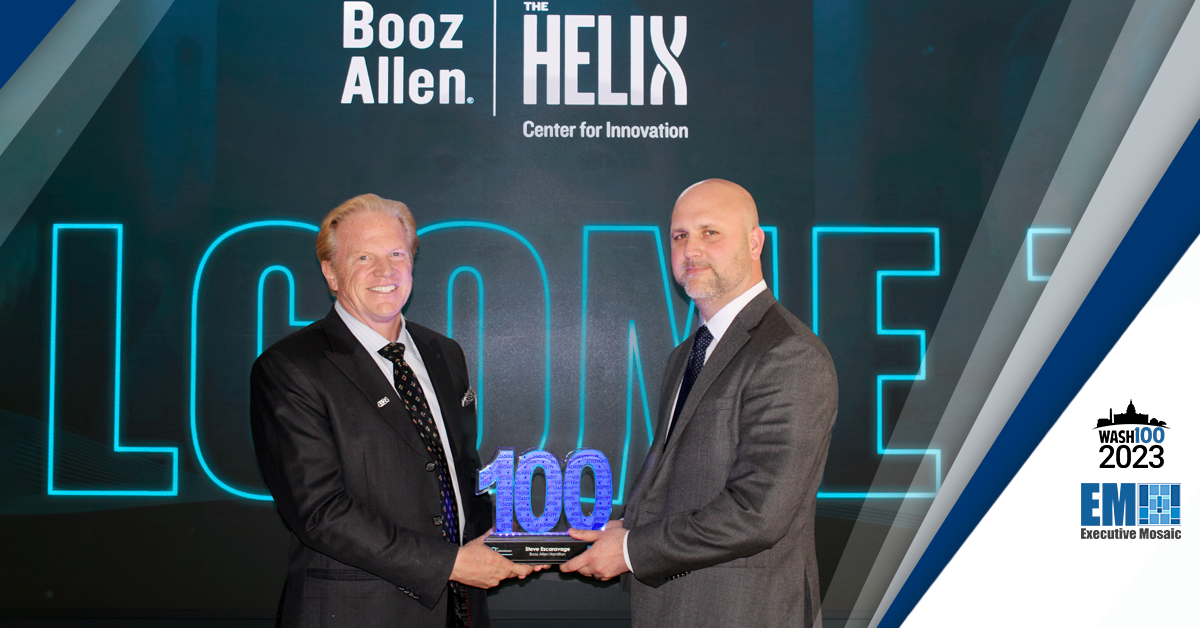The U.S. Navy has provided a glimpse of a conversational artificial intelligence program designed to supply technical support to sailors, Marines and its civilian personnel, Defense News reported Wednesday. The conversational AI,
MoreJared Bernstein, a member of the White House Council of Economic Advisers, was approved by the Senate in a 50-49 vote Tuesday to be CEA chair, four months after he received a
MoreThe Department of Energy has dedicated $192 million to funding opportunities for projects that aim to advance cost-effective consumer battery recycling technologies. The investment will be distributed to the Consumer Electronics Battery
MoreThe General Services Administration’s Federal Acquisition Service and the Small Business Administration expect to fully implement a revised partnership agreement in July that seeks to provide more contracting opportunities for 8(a) contractors
MoreThe National Nuclear Security Administration has developed risk management practices and policies, but its efforts to counter cybersecurity threats in its nuclear weapons IT and operational technology environments are still in the
MoreThe Defense Advanced Research Projects Agency is looking for companies that can help produce battlefield-ready anesthetics that are safe to be administered by general military forces. The agency on Monday unveiled the
MoreThe Department of Defense is undertaking a scholarship-for-service pilot program with various American universities to drive students’ interest in civilian occupations that support the DOD acquisition system. Eighty students will initially become part
MoreAir Force Materiel Command has released a white paper detailing its approach to accelerating the acquisition materiel lifecycle to deliver the latest warfighting capabilities. The document, titled “Digital Materiel Management: An Accelerated
MoreThe Department of Homeland Security Science and Technology Directorate’s Technology Centers Division has released a strategic framework that aligns and focuses its research portfolio and communicates its priorities and objectives for the
MoreExecutive Mosaic CEO Jim Garrettson recently presented Steve Escaravage, executive vice president of artificial intelligence and analytics at Booz Allen Hamilton, with his 2023 Wash100 Award. The esteemed Wash100 Award represents the highest honor in the
More










